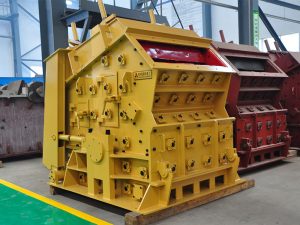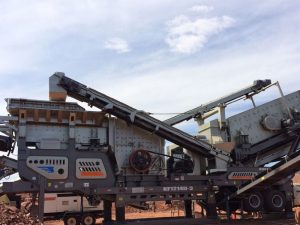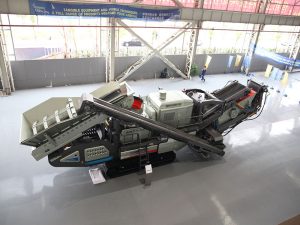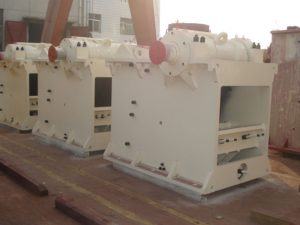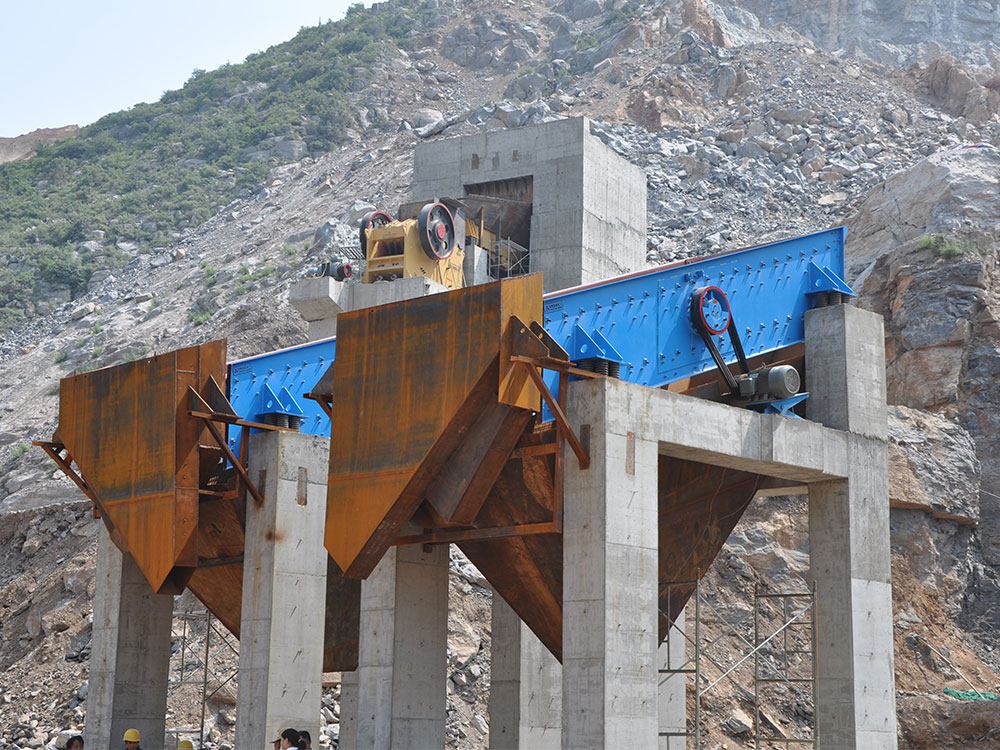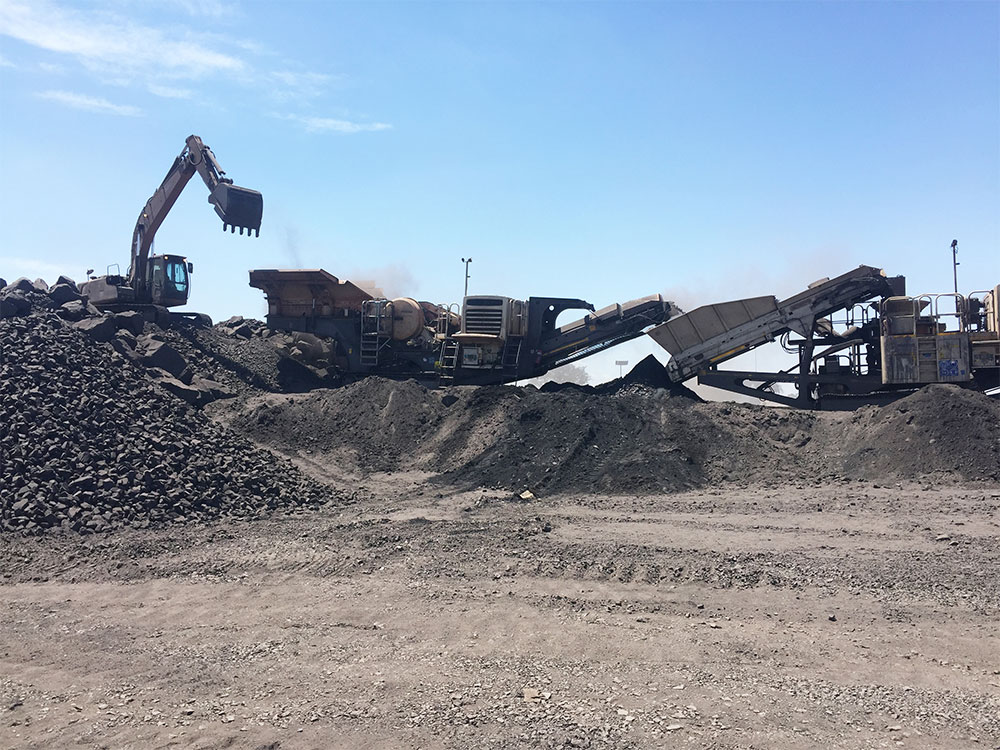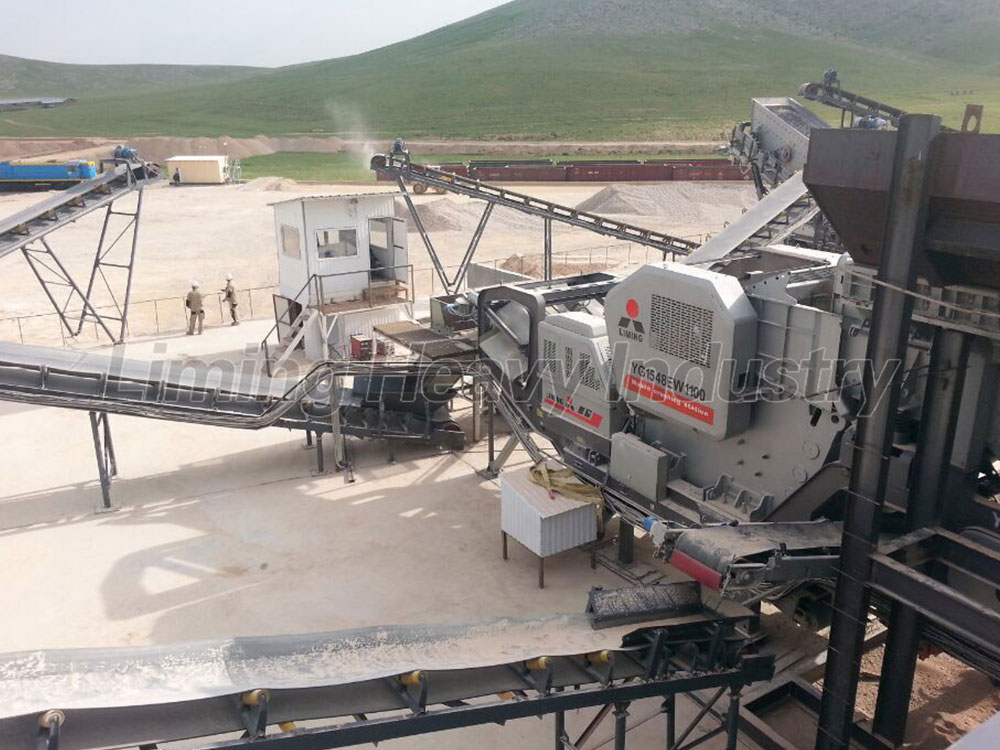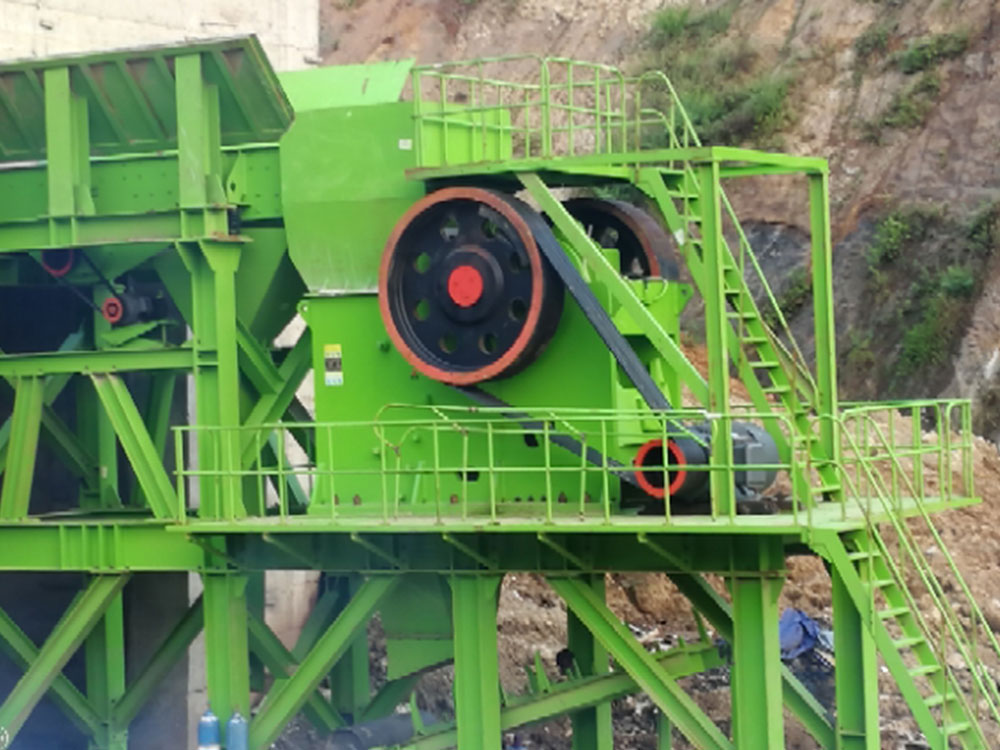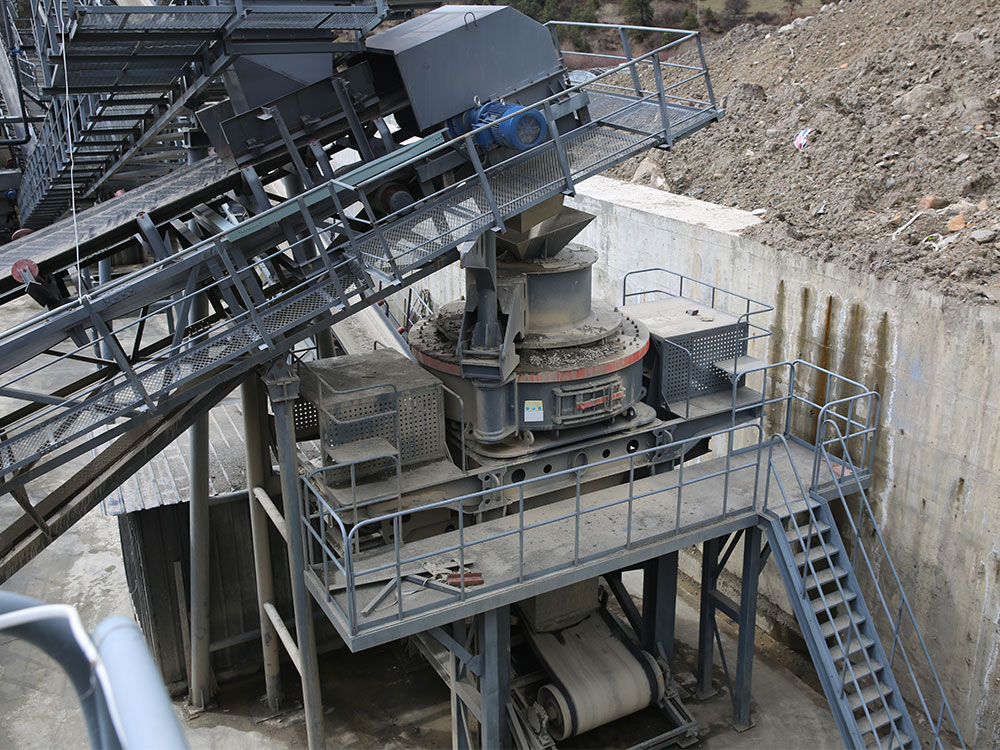For the demand of a limestone sand-making line with a production capacity of 200-300 tons per hour, combined with classic durable design and the requirement for well-rounded finished product shape, the following is a carefully recommended configuration plan and process flow. Limestone, as a medium-to-low hardness material (Mohs hardness approximately 3-4), is highly suitable for the core process flow of “primary crushing + secondary crushing + sand-making + screening” due to its ease of crushing and sand-making. This process not only ensures rounded particle shapes (particularly through optimized adjustments of the vertical shaft impact sand-making machine) but also significantly enhances the overall system stability.
1. Recommended Equipment Configuration Schemes
Based on the material characteristics of limestone and the target production capacity requirements, we have carefully selected the following two mainstream configuration schemes and additionally provide an efficient option to meet higher production capacity demands:
Scheme A (Classic Impact Crusher Combination)
Application Scenarios: Suitable for scenarios where uniform particle shape and high-quality finished sand are required.
Core Equipment:
GZD1100×4200 Vibrating Feeder: Ensures uniform and continuous feeding of materials into the crushing equipment.
PE750×1060 jaw crusher (primary crushing): Crushes large limestone blocks into a suitable particle size of 100-300mm.
PF1315 impact crusher (secondary crushing): Further crushes the material to 30-60mm, providing suitable feed size for the sand-making machine.
VSI8518 Vertical Shaft Impact Sand Maker: Utilizes the “stone-on-stone” principle to achieve rounded particle shapes, adjusting rotor speed (50-80 m/s) to optimize the particle size distribution of the finished sand.
YK Series Vibrating Screen (e.g., 4YZS2460/3YZS1860): Precisely classifies the crushed material.
XSD3016 sand washer: Reduces the powder content and moisture content of the finished sand, improving cleanliness.
Production capacity performance: Stable output of over 200 tons per hour, with the fineness modulus of the finished sand precisely controlled between 2.2 and 3.0.
Solution B (simplified heavy hammer crusher scheme)
Application scenarios: Suitable for scenarios where the goal is to reduce investment costs and simplify equipment configuration.
Core Equipment:
PCZ1510 Heavy Hammer Crusher: Integrates coarse crushing and medium crushing functions, reducing the number of devices and lowering maintenance costs.
YK2470 Vibrating Screen: Grades the crushed material.
Sand Maker (e.g., VSI8518): Further optimizes particle shape to ensure finished product quality.
Production Capacity: 200-250 tons per hour, with integrated equipment eliminating the secondary crushing stage to enhance overall efficiency.
Scheme C (High-Efficiency Cone Crusher Combination)
Application Scenarios: Suitable for scenarios with production capacity requirements approaching or reaching 300 tons, or for processing materials with high hardness (e.g., river pebbles or high-silica limestone).
Core Equipment:
ZSW1100×4200 feeder: Ensures uniform material feeding.
C110 jaw crusher: Preliminary crushing of large-sized materials.
CS250 cone crusher (or PF impact crusher): Efficient medium crushing, suitable for high-hardness materials.
6X1150 sand maker: High-capacity sand production, ensuring rounded particle shape.
Multi-layer vibrating screen: Precise grading to meet different particle size requirements.
Production capacity and energy consumption: Hourly production capacity approaches or reaches 300 tons, with energy consumption reduced by 15-25% compared to traditional lines, significantly improving economic efficiency.
2. Detailed Process Flow
The entire material processing flow follows the closed-loop principle of “crushing-sand making-screening-washing,” ensuring efficient and stable production of high-quality finished sand.
Feeding and coarse crushing
Blasted limestone: Limestone with a particle size ≤600mm is uniformly fed into a jaw crusher or heavy hammer crusher via a feeder.
Coarse crushing: The material is crushed to a suitable particle size of 100-300mm, laying the foundation for subsequent processing.
Medium Crushing and Sand Making
Medium Crushing: The material after coarse crushing is further processed by an impact crusher or cone crusher to a size of 30-60mm.
Sand Making: The material enters the vertical shaft impact sand maker, where high-speed collisions achieve rounded particle shapes. The rotor speed can be adjusted between 50-80m/s according to actual requirements to optimize the particle size distribution and shape of the finished sand.
Screening and Washing
Screening: The crushed material is precisely graded by a vibrating screen into particle size ranges such as 0-5 mm, 5-10 mm, and 10-30 mm. Non-conforming material is returned to the sand-making machine for reprocessing.
Washing: The wet process includes a sand washer, which uses hydraulic rinsing to reduce the powder content and moisture content of the finished sand, thereby improving cleanliness and performance.
3. Product Specifications and Advantages
Output Particle Size
Fine Sand: 0-5 mm particle size range, accounting for 40-50%.
Medium Sand: 5-10mm particle size range.
Coarse Sand: 10-30mm particle size range.
Powder Content: Controllable between 5-15%, meeting the requirements of various engineering projects.
Core Advantages
Particle Shape Optimization: Through adjustable parameters of the sand-making machine, ensuring rounded and uniform sand particles, meeting the high requirements for sand particle shape in high-speed, bridge, and other high-strength engineering projects.
Durability: Utilizes high-chromium alloy hammerheads with a service life of up to 10-15 million tons; an intelligent hydraulic system minimizes downtime for maintenance, enhancing production efficiency.
Environmental Protection and Energy Efficiency: Equipped with a pulse dust collector (dust removal efficiency ≥99.2%) and soundproof enclosure to effectively reduce noise levels to ≤75 dB; overall power consumption is reduced by 2-3 kWh/t compared to traditional lines, significantly improving economic benefits and environmental friendliness.
Operational Maintenance Recommendations
To ensure long-term efficient operation of the production line, it is recommended to check bearing temperatures every 8 hours (should remain below 70°C) and inspect hammerhead wear levels weekly (should not exceed 15%). Timely identification and resolution of potential issues will help improve production efficiency, extend equipment lifespan, and reduce maintenance costs.


